Summary
- Proprietary parts and glued components contribute to high MacBook repair costs.
- Labor costs are essential in determining MacBook repair prices, not just parts.
- Apple’s premium brand strategy influences repair pricing and pushes for new purchases.
Your AppleCare has run out, or you never bought the extended AppleCare+ plan, and now something has gone wrong with your MacBook. You take it to the geniuses at the store, and are given a huge quote to repair your system. Why?
While some repairs, like a broken screen, make sense when it comes to their cost, it seems even the smallest thing can trigger a huge repair quote on a MacBook, and understanding the reasons why requires digging a little under the surface.
Proprietary Parts and Locked Ecosystems
While any laptop will have some proprietary parts, Apple can take this to further extremes, and replacing individual components can rack up the price fast. In many cases, you can’t use any sort of generic replacement, and if you try to fit parts scavenged from other MacBooks, there’s likely some sort of hardware-level countermeasure to prevent them from working correctly.
This means your repair is going to happen at a licensed repair shop, using parts from Apple, at rates and prices controlled by Apple. Of course, there are great technicians like Louis Rossman who can repair and salvage MacBooks at a fraction of the cost, but most people either don’t know about shops like his or simply don’t live near someone with the knowledge and means to do the job.
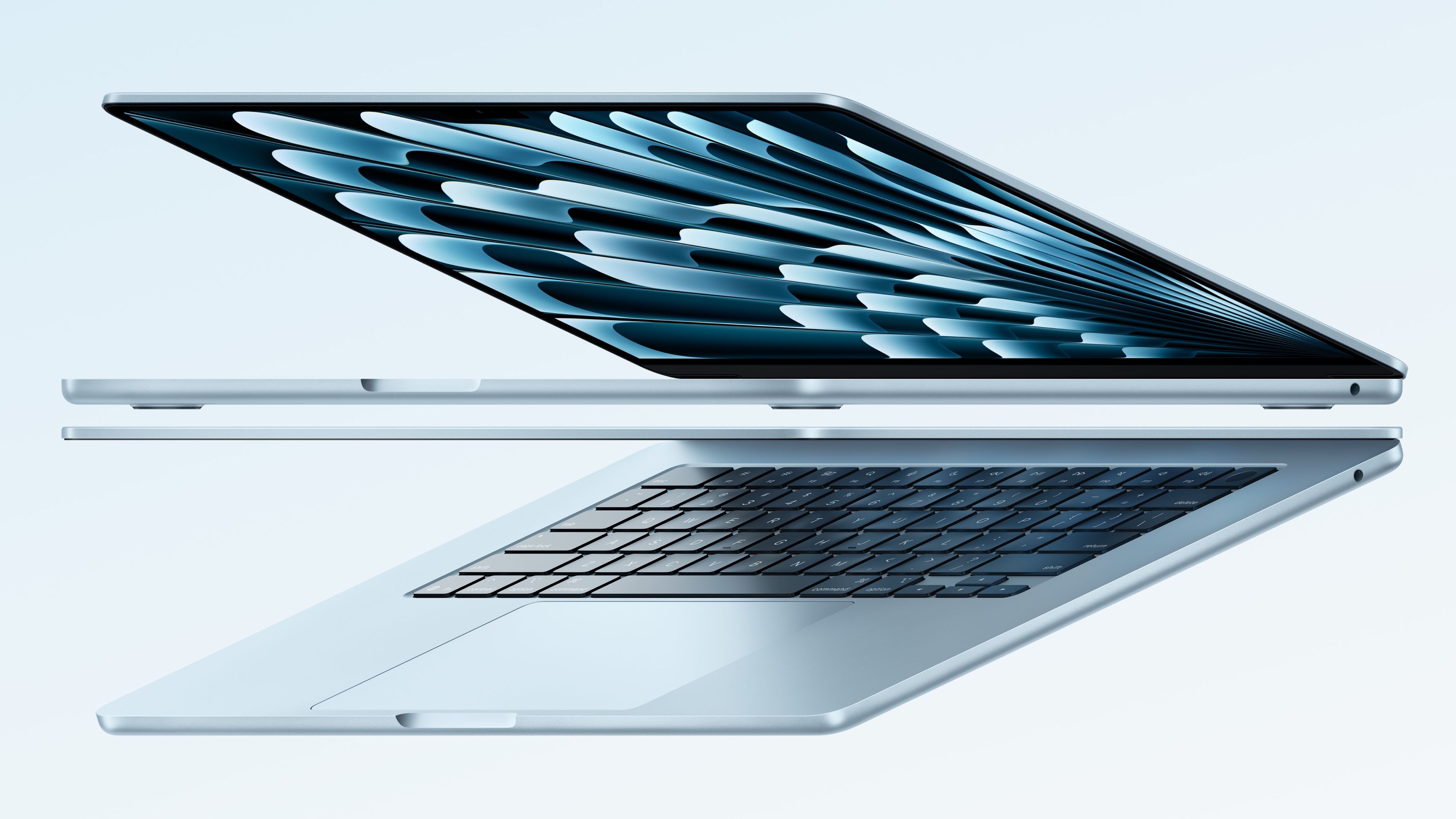
Related
Is It Worth Upgrading to the 2025 MacBook Air M4?
More power, lower price: what’s stopping you?
Soldered and Glued Components
MacBooks are built to be thin, light, and sexy, while feeling as expensive as they actually are. In service of this (or so Apple will tell you) there’s a lot of integration of components, and practices like gluing or component soldering, to allow the latest Mac to be a hair’s breadth thinner than the one that came before.
The downside of this is that when you want to open up the Mac, you might irreversibly damage something in the process, or if one component is faulty, it means replacing entire boards. This is why MacBook repairs often include the cost of the top case replacement, or simply throw out the logic board and put in a new one.
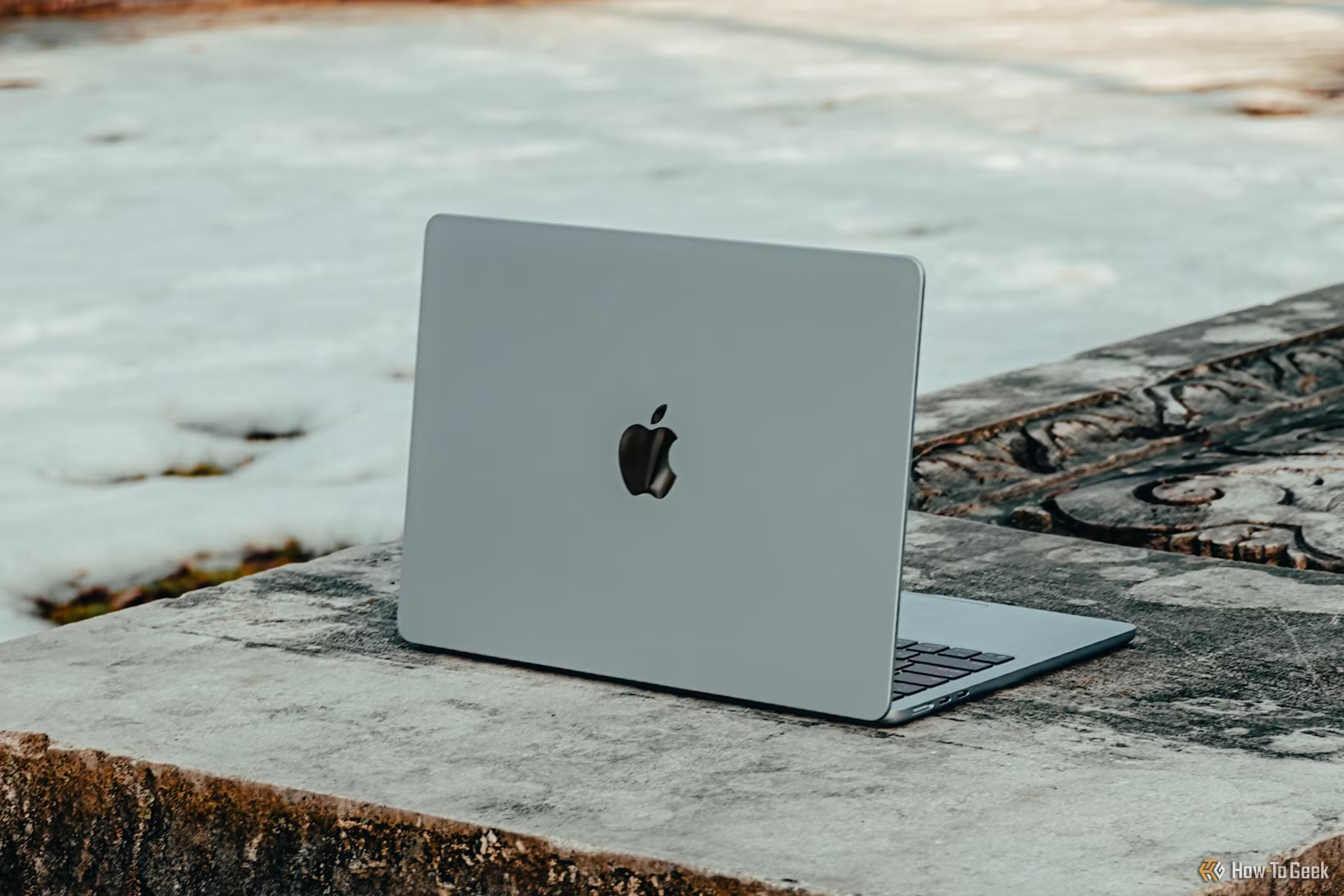
Related
Shocker: The M4 MacBook Air Is Still Not Super Repairable
Slightly better than the competition in some areas, but still a whole lot of glue.
This is why, when I wanted to trade in my 2019 Intel MacBook Pro, the store offered me a fraction of the trade estimate. Three or four of the keys had wear on the letters, a known issue that Apple did not acknowledge. Because replacing those keys required replacing the entire top case and the whole keyboard, it knocked the trade price down by hundreds of dollars.
Apropos of nothing, I’ve seen YouTubers replace those keys in seconds with a pair of tweezers, and I’d be shocked if the traded laptop didn’t get a cheap and easy repair like that anyway, but the geniuses behind the trade in assessment counter were adamant that three worn keycaps was a $400 repair.
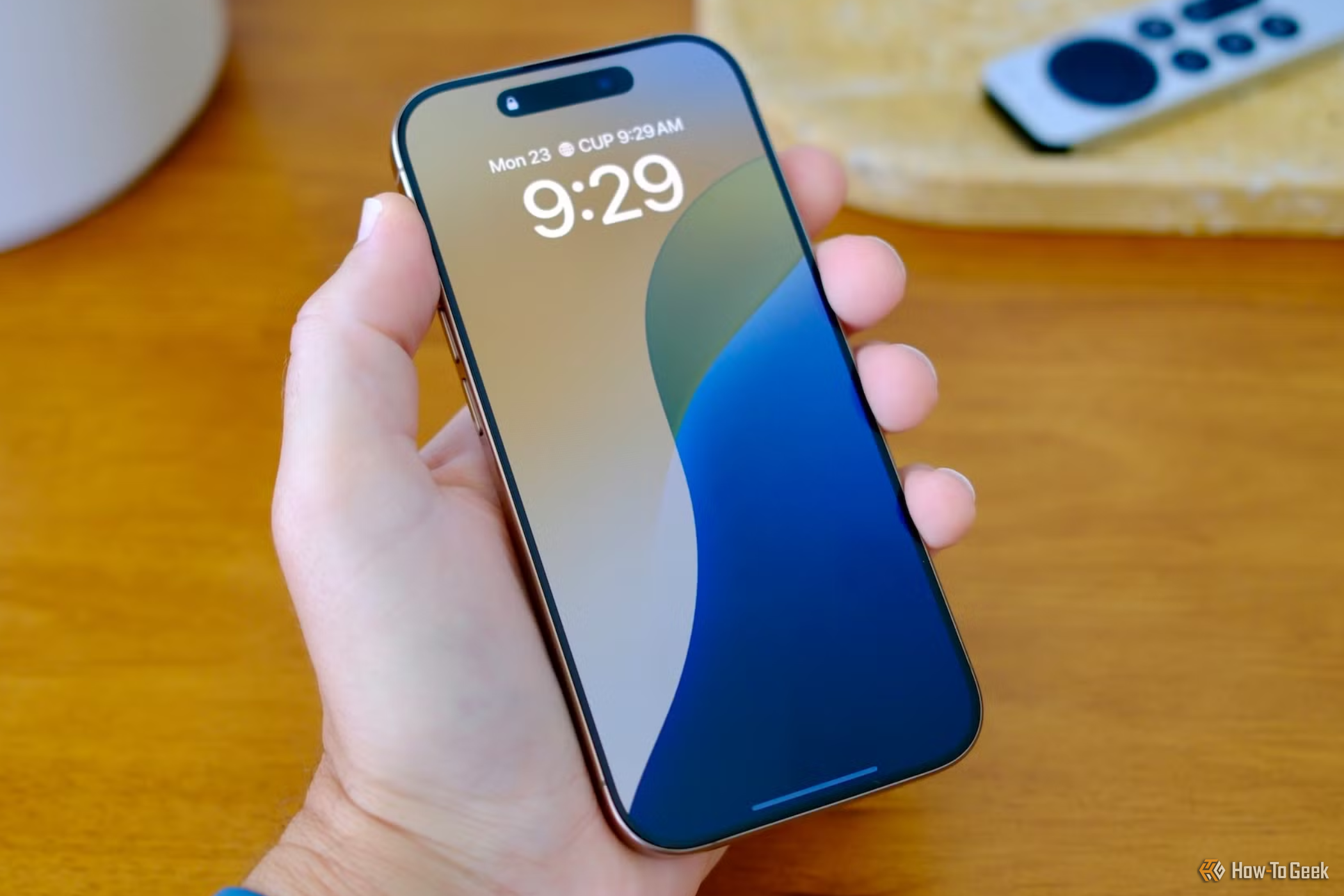
Related
Apple’s Trade-In Program Just Got Worse
You still have options.
Labor-Intensive Repairs
We tend to think of laptop repair costs in terms of parts, but labor cost is probably a much more important factor. Something that takes a trained technician five minutes to fix shouldn’t be that expensive, but disassembling a MacBook safely and competently isn’t something that can be rushed, and it takes a significant amount of know-how and skill to do professionally.
Even if you use an independent repair shop to do the work, it’s slow, difficult, and comes with significant risk. So the per-hour rate for labor might end up being much more compared to highly-repairable business laptops, like the Lenovo Thinkpad range.
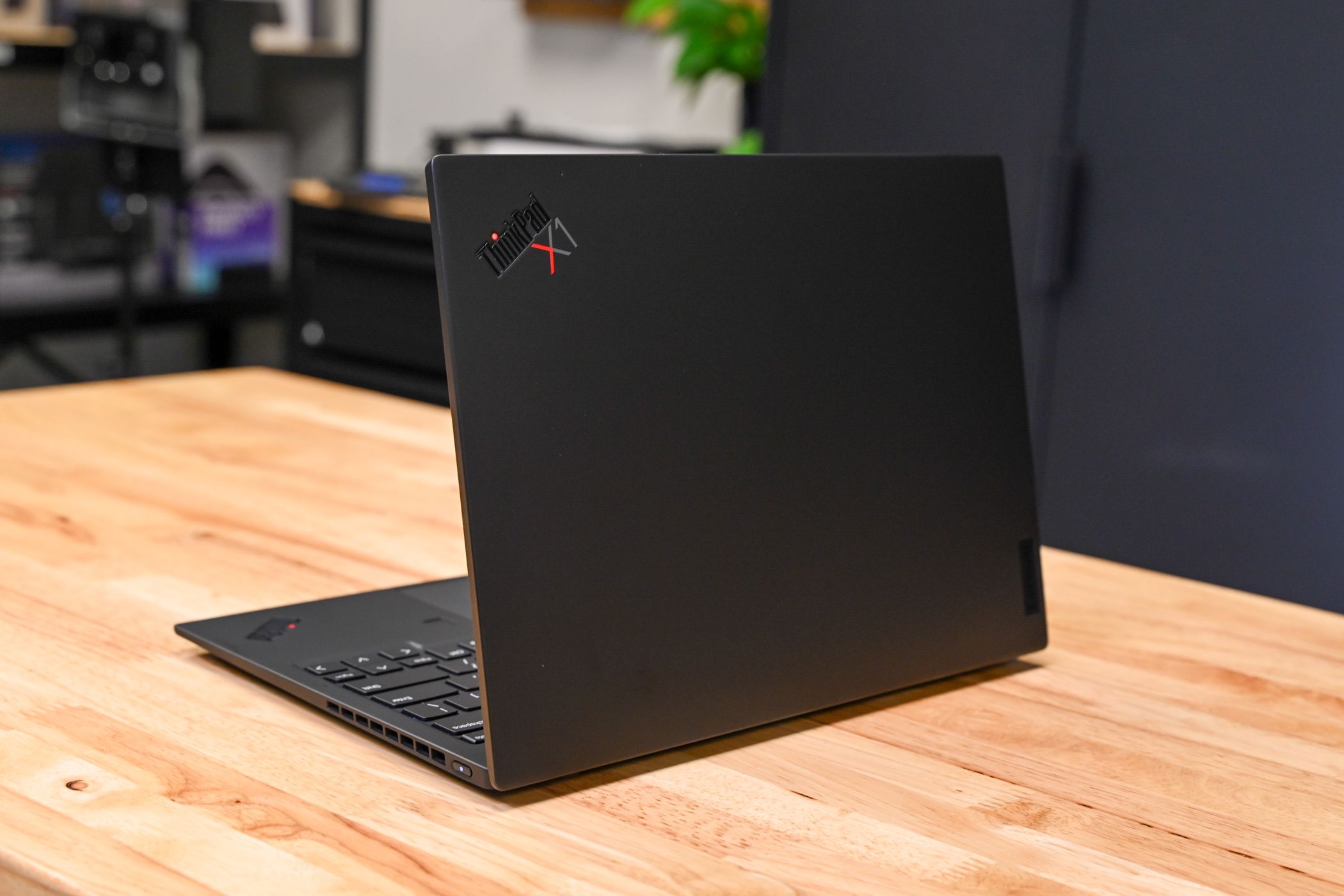
Related
The ThinkPad is the Porsche 911 of Laptops, But Why?
Death, taxes, and the ThinkPad.
Software Locks and Serial Number Pairing
I alluded to this earlier, but lots of Apple components and hardware need official Apple software and hardware tools to install and activate properly. Touch ID sensors, in particular, are paired with the logic board the Mac came with for security reasons. So, if you go to an independent repair shop to try and save money, these components can be physically replaced, but they’ll either fail to work, or you’ll get warnings about them being improperly installed.
The “Important Display Message” stating you have a non-genuine screen, or that the screen installation has not been finalized, is one example of this. Likewise, if any of your SSD chips fail, you can’t just solder new ones in. This video shows the entire convoluted and tricky process of upgrading the internal SSD on an Apple Silicon Mac.
That’s a good general example of what replacing parts Apple doesn’t want you touching is like. It’s also one big reason why storage upgrades from the base level on MacBooks are so expensive. Apple knows you don’t realistically have the option to upgrade the SSD later, so they can literally charge you more than the SSD’s weight in gold for the privilege.
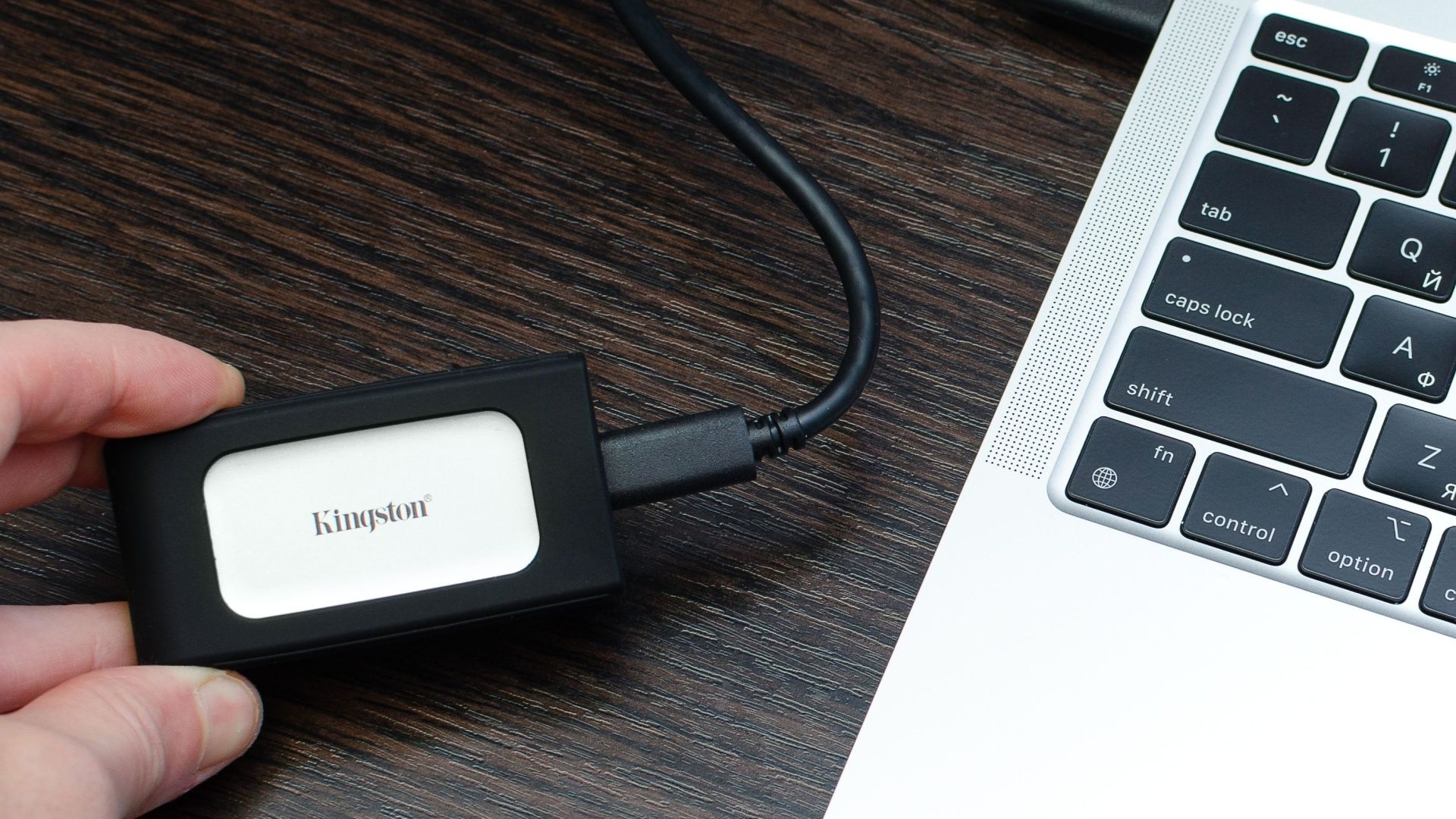
Related
Why I Bought an External SSD Rather Than More MacBook Storage
The lesser of two evils?
Authorized Apple repair providers get access to all the repair tools and parts needed to fix MacBooks, but that’s an expensive club to be a member of. In recent years, Apple has offered a Self Repair Program where they’ll lend you the tools, sell you the parts, and then you can do your own repair at your own risk.
However, most people don’t have the know-how to do this—I certainly don’t—and so shelling out for the full service of an authorized shop is the safest (but most expensive) option.
Apple’s Premium Brand Strategy
Supercar makers like Ferrari and Lamborghini share some of their parts with much more mundane cars. Think light covers, dashboard switches, and even infotainment hardware. While these parts are literally identical, you’ll pay several times their asking price getting them from the supercar maker than from, say, Ford or Range rover.
Why? Because these are premium brand products, and so because it’s a premium brand, repairs can be charged at premium prices. This is obviously not the whole story, but one part of why Apple MacBook repairs can be so pricey is because Apple knows it can charge those prices, and its customers will pay it.
Besides, Apple would rather you bought a new MacBook. After all, most people would rather buy a new MacBook Air for $1000 than pay $500 to have their current one repaired. So, either way, it’s a win for the company, and has the side benefit of supporting and promoting its premium brand image. Which is a little ironic given that Apple has plenty of great mid-range products these days too.
The Right to Repair Movement and Apple’s Slow Shift
I mentioned the self-service repair option earlier, and that’s one result of the “right to repair” law pushed by people like Louis Rossman. It puts a legal obligation on companies like Apple to provide the tools and information someone would need to repair their own product.
It’s a way to fight back against practices that encourage people to simply throw away their old computer and buy a new one. That might be good for Apple’s bottom line, but it’s bad for the environment, bad for the finances of customers, and in most cases the existing computer is perfectly adequate for their needs.
However, while programs like the self-repair option stick to the letter of these legal requirements, in practice most MacBook owners still have no other practical option than using an authorized repair shop.
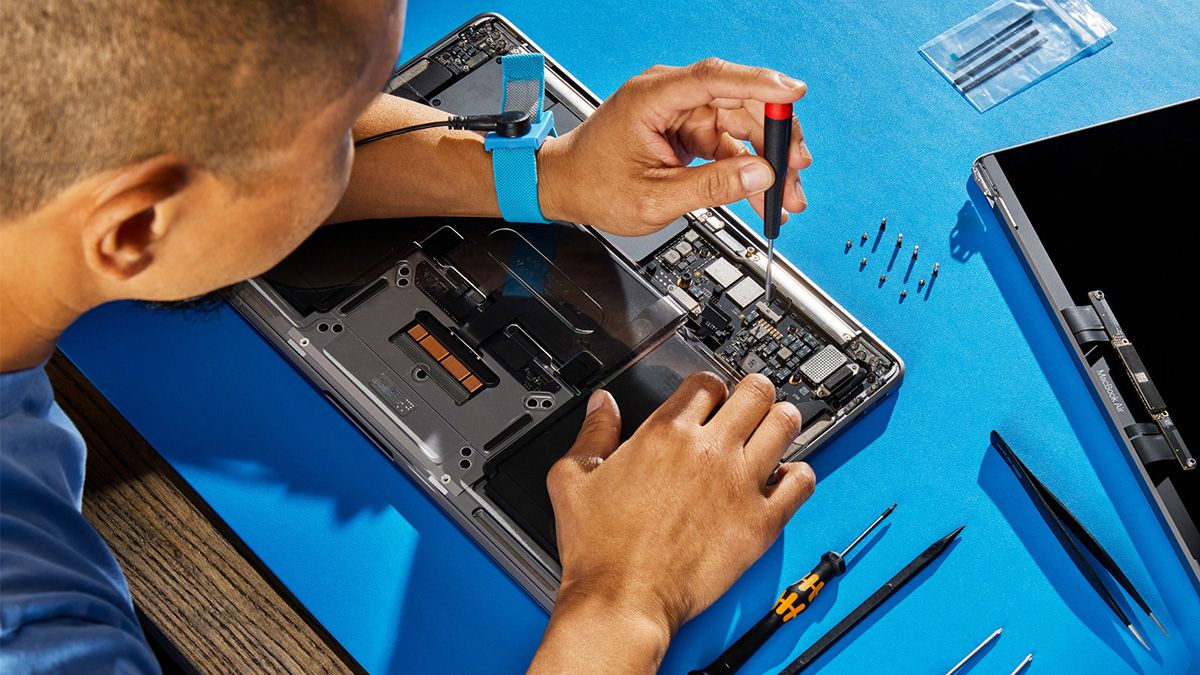
Related
Here’s What the First US “Right to Repair” Law Actually Does
You can repair your own stuff! As long as it’s not a medical device, or a tractor, or a lot of other things.
The Built-In Costs of a Closed System
MacBooks offer incredible engineering, seamless software integration, and years of support. But that beautiful, tightly controlled ecosystem comes at a hidden cost: when something breaks, you’re locked into expensive repair pathways.
I really like Apple’s products, and only a few have ever broken, but I have learned the hard way that something like AppleCare+ really isn’t optional if you want to use your MacBook long-term. I was burned by an M1 MacBook Pro with a faulty touch bar mere weeks after the included year of AppleCare expired. A $500 repair quote later, and it simply wasn’t worth doing. Luckily I could repurpose it as a desktop Mac, but that’s not going to be good enough for most people.
The good news is that you have up to the end of that initial warranty to extend it, and with my current M4 Pro MacBook Pro, that’s exactly what I’ll be doing.
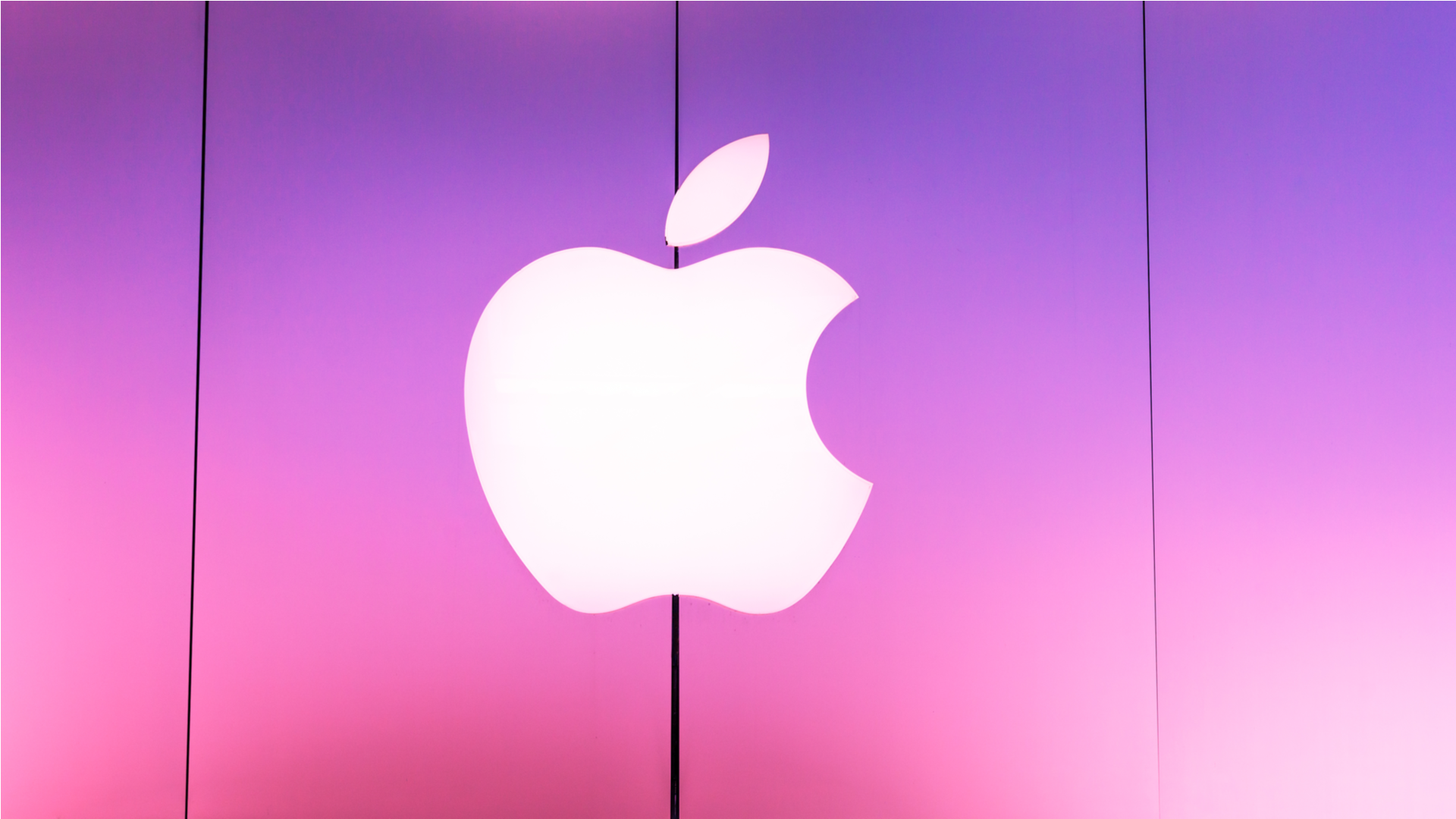
Related
Is AppleCare+ Worth It?
AppleCare+ offers extended protection for your pricey Apple devices, but is the service (and what it offers) truly worth paying extra for?
Ultimately, repair cost and the price of extended warranties are something you need to consider as part of your purchasing decision when buying a MacBook. While I hope that Apple keeps making its computers more repairable and that repair costs go down in future, for now it’s a reality that current and future customers need to accept with open eyes.
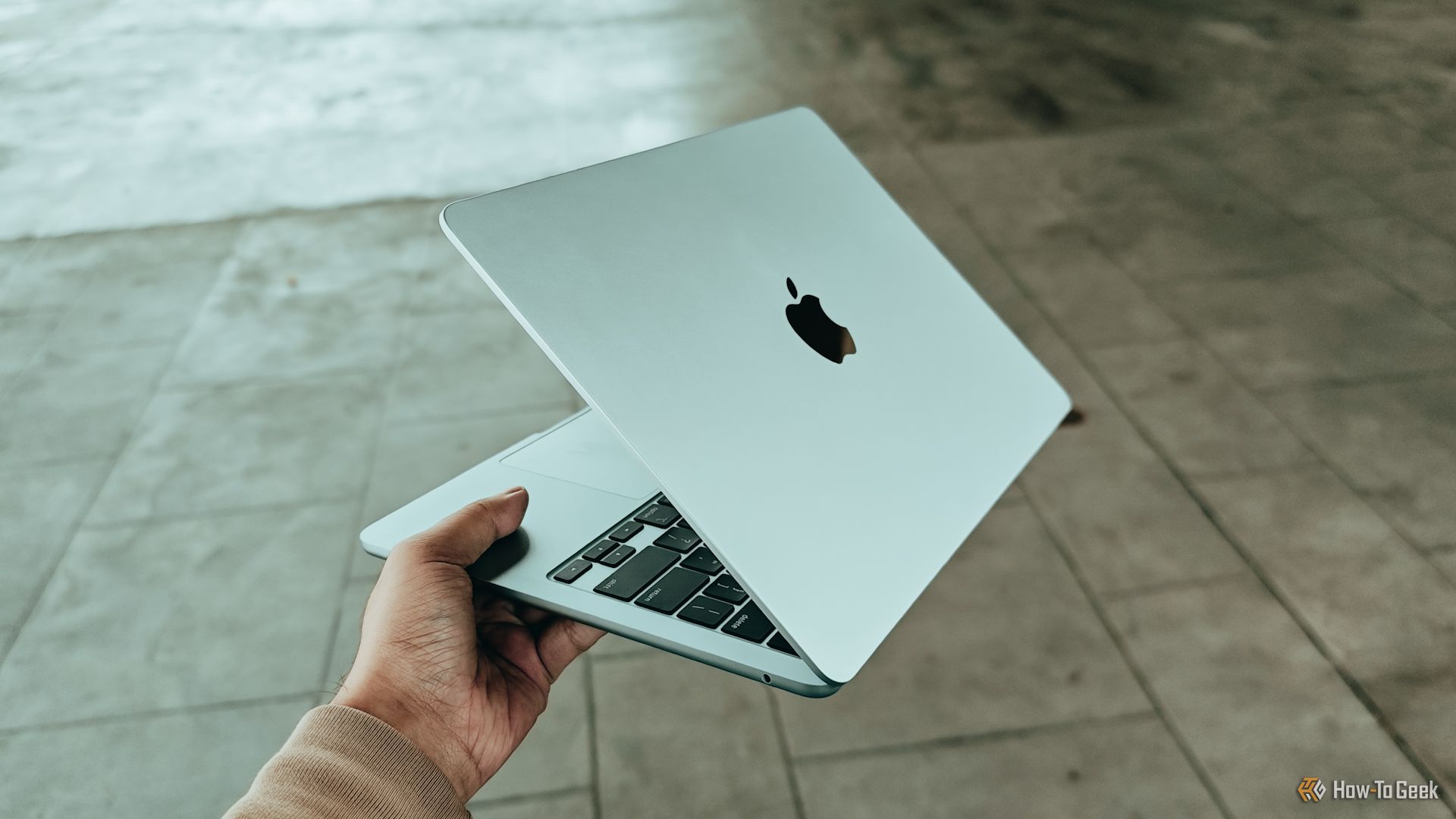
Related
Apple MacBook Air Review: The Best Laptop For Most People for 2025
The M4 upgrade further confirms that the MacBook Air is the best laptop for most people.


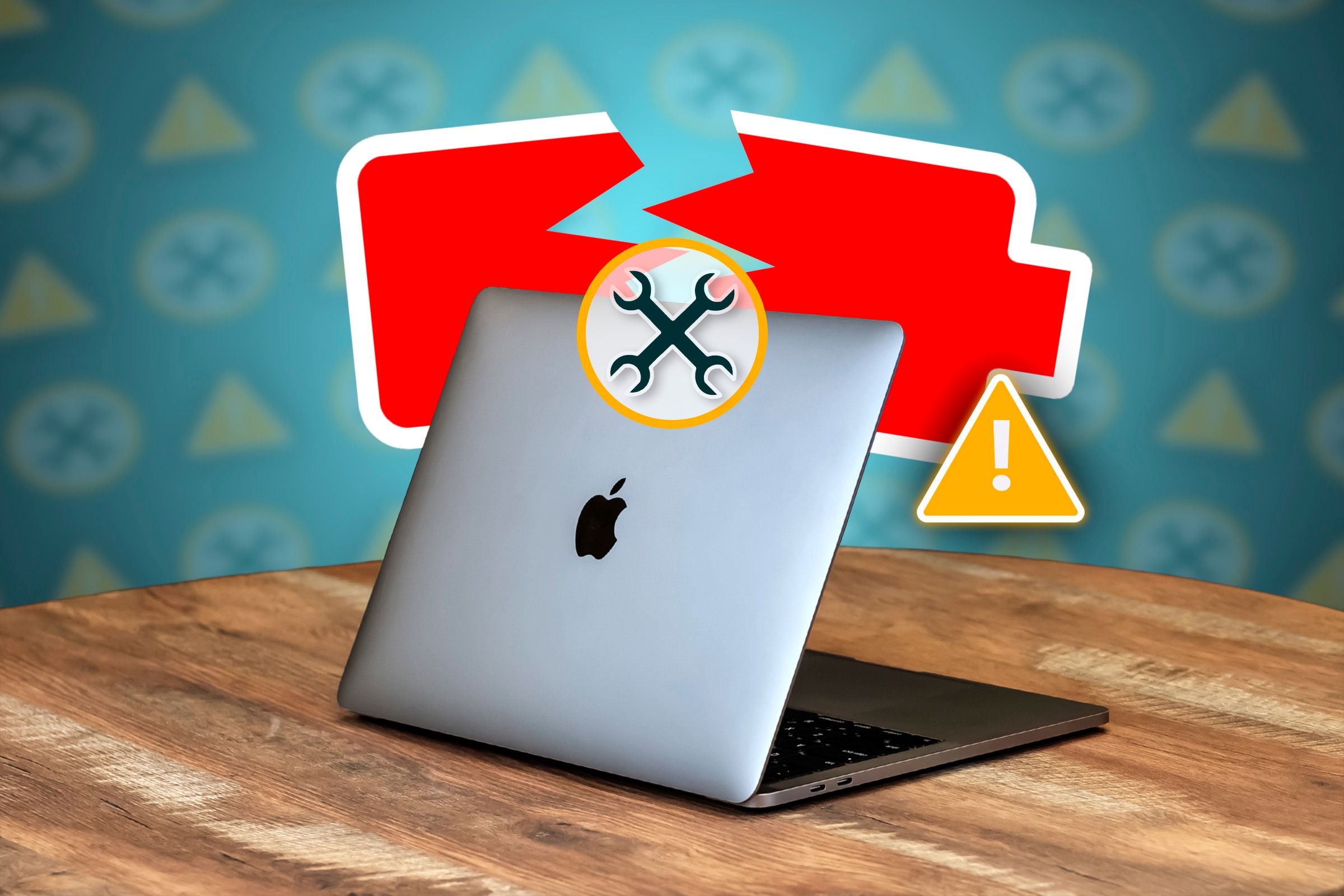
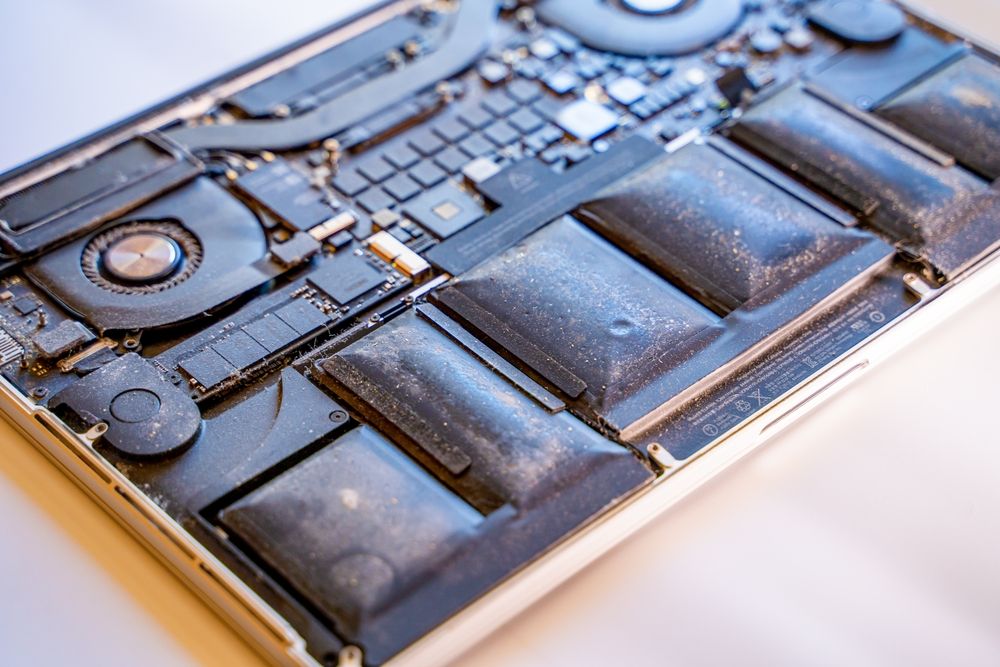
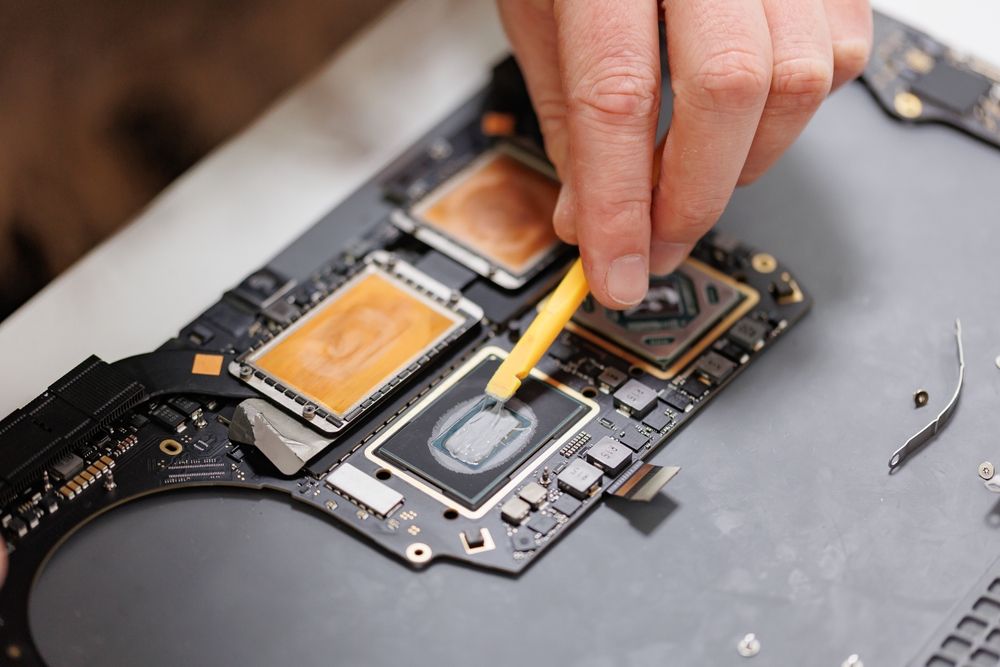
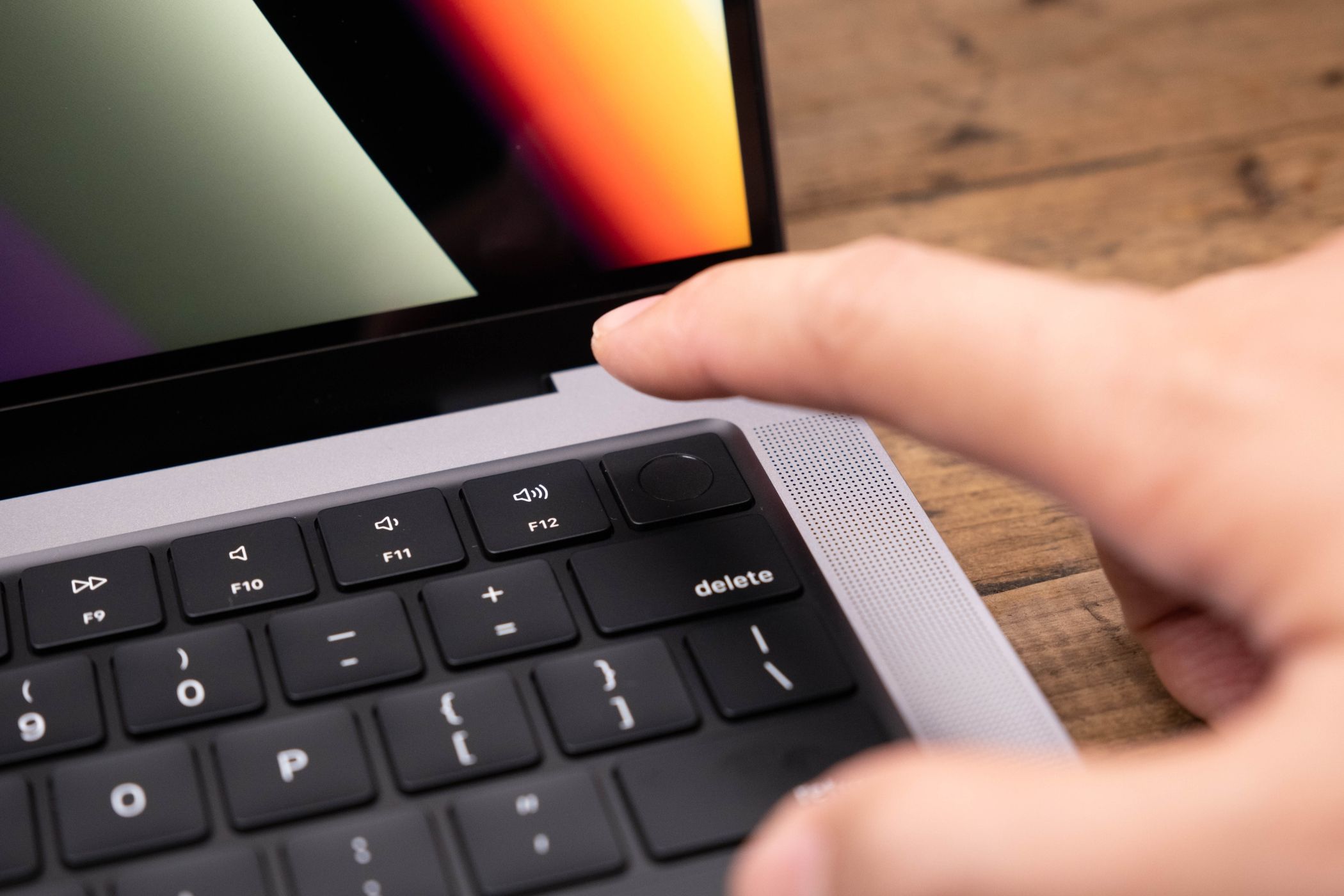
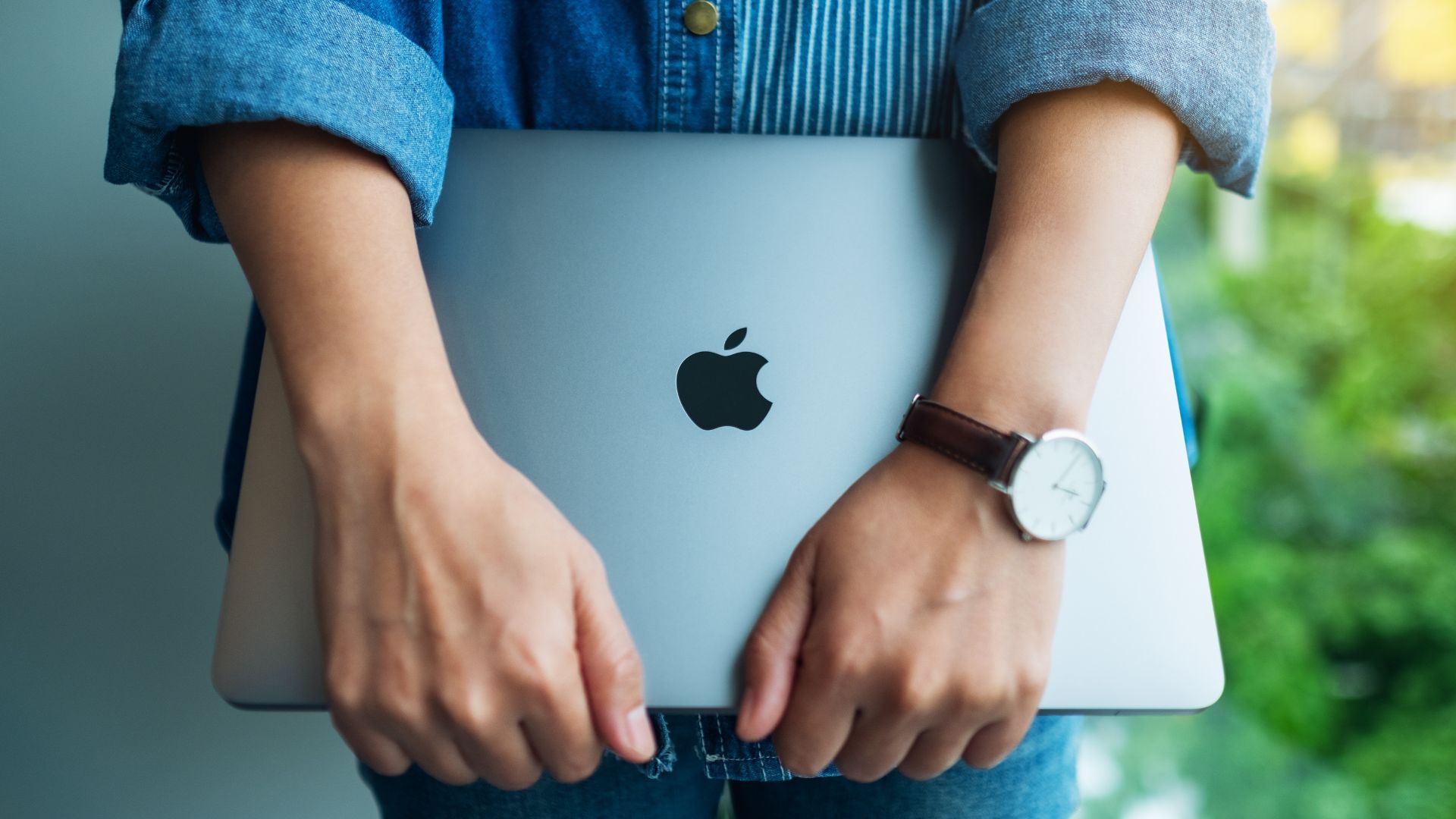
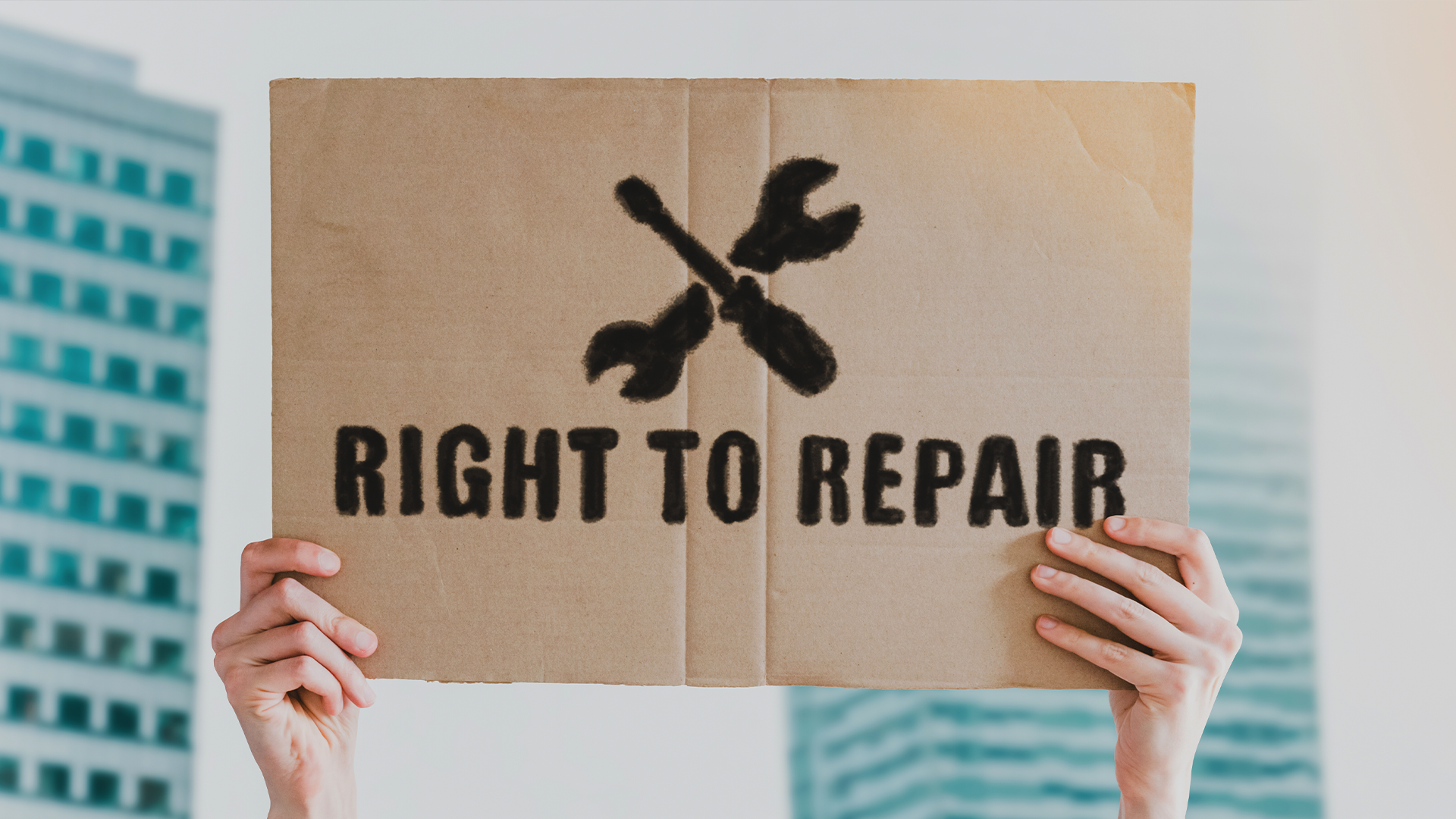
:max_bytes(150000):strip_icc()/twoku-twtich-roku-app-2053432b763a40d788ef726974d9ed2a.png?w=1174&resize=1174,862&ssl=1)




Leave a Comment
Your email address will not be published. Required fields are marked *